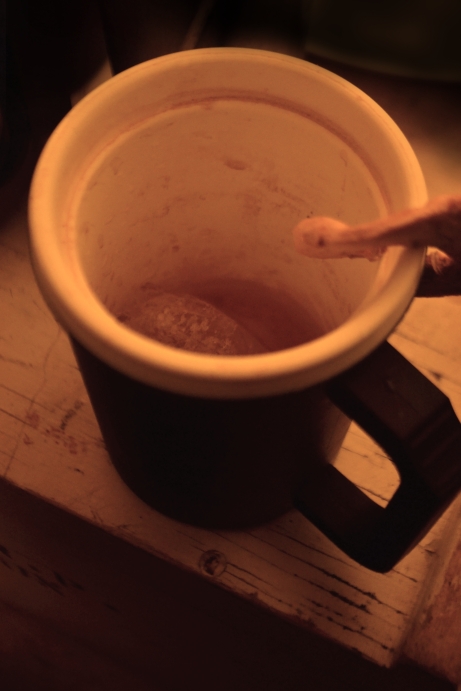Although I could probably write up my experiences of this research expedition as a small book, I’ll try to keep it concise and refrain from using autobiographical emotional language or make it sound like a survival handbook.
To be honest, my preconceived view of the Antarctic weather initially led me to be over-cautious when outside, even just kilometres from the base, and I often overheated (which is definitely something to avoid as sweat can then freeze). With time the body and mind seemed to adjust in the field, and -20 degrees C (without wind) started to feel quite pleasant. However the temperature barely increased above -20 degrees and on occasions the temperature was -40 to -50 degrees with wind, and it’s this wind which increases the chance of frostnip (the precursor to frostbite). In the first few days I had a close encounter with frost nip in only mild winds from not covering up my face. Identifying the symptoms are problematic as they as very similar to severe sunburn, which is also common in this continuously sunny, bright white landscape.

Long periods of near-perfect weather (for Antarctica), of just -20 degrees with minimal wind and clear visibility, led to longer working days. The first Sunday was our rest day, consisting of a lie-in, hot cakes (with bacon, maple syrup and boysenberry jam) and just six hours of work in the field.

As well as our double sleeping bag being used as a warm bed on the ice, it also functioned as storage and a defroster for boot inners (2 pairs), sun cream, moisturiser, wet wipes, drinks bottle, socks, camera batteries, and an occasional tin of sliced peaches. The mornings were a challenge to rise to, taking at least 10 minutes to get clothes and boots on before a visit to the toilet tent (home to a couple of buckets) and a cup of tea. Warming up every morning, having breakfast and deciding on the day’s plan took about 2 hours. And with at least 3 additional hours in the day for melting snow, cooking, refuelling, etc., you learn to be patient.

In a place of such expanse where humans have to be fully prepared to survive, it’s hard to avoid reflecting on life, the Earth and it’s long-term processes, which leads to the understanding and acceptance of one’s insignificance; a feeling some may have trouble dealing with. There were no other life forms for mountain range after mountain range, apart from small micro-colonies in rock and ice with a scattering of lichen growth. Walking in this cold environment is an energy-zapping experience and I came to appreciate the small comforts and boosters of a handful of salted nuts, a cup of soup or a square of chocolate. When the wind stopped shaking the flags and tents and howling through the landscape, you could appreciate complete silence.
In addition to the inability to gauge time without a working watch, it’s also difficult to understand perspective – distance is hard to decipher because of the domes of the undulating ice sheet obstructing views to some horizons. Therefore climbing peaks provided a great opportunity to witness the vast extent of the area and the distant mountain ranges.

Thankfully we escaped any serious problems, partly due to the excellent weather conditions. The only issues encountered were a fractured sled from moving over wind-compacted and shaped sastrugi, mild blisters and ulcers from the terrain and diet, an exploding gas cooker which set a small part of the communal tent alight, and some dodgy facial hair growth.

You might think that not showering or washing and not changing any undergarments with thermals worn 24/7 may lead to a smelly smack to the nostrils, but because of the cold, dry atmosphere this was not an issue. However, having said this, a shower and change into clean clothes were the first tasks done on return to the base. Our recovery time was cut short here though, as we were flown back to New Zealand and replaced by the King of Malaysia and his entourage.
Thank you for your blog – interesting reading on Antarctica for my personal research. I liked that you write about the minutiae of day to day life. e.g. what you eat etc.
Cheers for this.